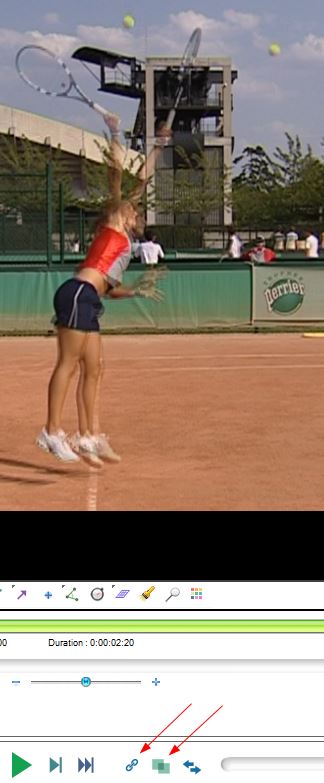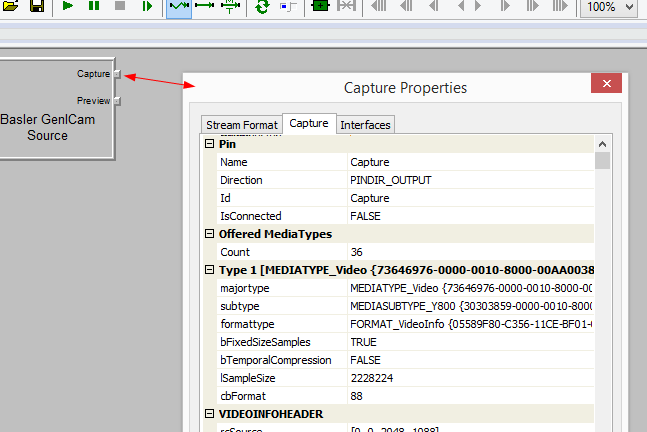Resolving power - lack of focus
- Impacts: the sharpness of details.
- Relevance to sport analysis: high.
- Component: Lens and lens mount.
- How to control or improve:
If the subject is always distant, a fixed focus camera may be sufficient. A camera with fixed focus should hopefully be focused at infinity in factory.
The most versatile solution is a manual focus that can be adjusted with a ring or lever.
The most efficient solution may be a motorized focus that we can control in software. (Logitech C920, Microsoft LifeCam). Note that even with motorized focus some webcams can't focus to infinity and anything farther than a few meters, will not be optimally focused.
Some lenses have variable focal length, in this case focusing sould usually be redone after changing the focal length.
Some devices have auto-focus capabilities, in this case care should be taken as to where in the image the focus has been locked.
Resolving power - long exposure
- Impacts: the sharpness of details on moving subjects.
- Relevance to sport analysis: very high.
- Component: Sensor.
- How to control or improve:
Some cameras have auto-exposure, they will adjust exposure to measured light levels. It lower reproducibility and the final exposure choosen may not be adequate (long exposure increases motion blur).
The most versatile solution is a camera for which exposure duration can be changed manually and is capable of short exposures (Exact requirement to be assessed).
- Compromise: low exposure means less light collected at the pixel sites. For laboratory setups artificial lights may be needed.
Resolving power - pixel count and lens resolution
- Impacts: the sharpness of details.
- Relevance to sport analysis: high.
- Component: Sensor and lens.
- How to control or improve:
Some devices are actually limited by their lens, when the lens itself is not able to project an image sharp enough to distinguish details that are two pixels apart.
More pixels is better but only if the lens is adequate. For a given sensor size, more pixels means smaller ones, which makes it more difficult for the lens to match resolution.
Lenses quality is measured in various metrics like lp/ph or MTF curves. A recent evolution is the use of Megapixel ratings. The lens fitted on the camera should have a megapixel rating at least as high as the pixel count of the sensor. (ex: A 3MP rated lens for 1920x1080 images). A good introductory resource on lens quality measurement methodology is at Cambridge in Colour.
Resolving power - image processing and JPEG compression
- Impacts: the sharpness of details.
- Relevance to sport analysis: high.
- Component: Image processing chip on the camera or recording software.
- How to control or improve:
The best solution is a camera that can provide the raw images to the computer, and to perform the color grading there.
The issue is that bandwidth is limited, so it is not always possible to transmit full color frames at the full framerate.
A camera should allow us to control the JPEG compression levels. (No USB camera currently does this to my knowledge).
Spherical distortions - wide angle and ultra wide angle lenses
- Impacts: measurements of distances and speeds.
- Relevance to sport analysis: mid to high.
- Component: Lens.
- How to control or improve:
Lenses with normal field of view (less than around 65°) usually have very low distortion.
For wide angle, a lens without distortions should be preferred, but the cost can skyrocket pretty quickly.
The distortion can be calibrated in software and taken into account for measurements.
- Compromise: A subject evolving at the same distance from the camera will cover less pixels, so less resolution.


